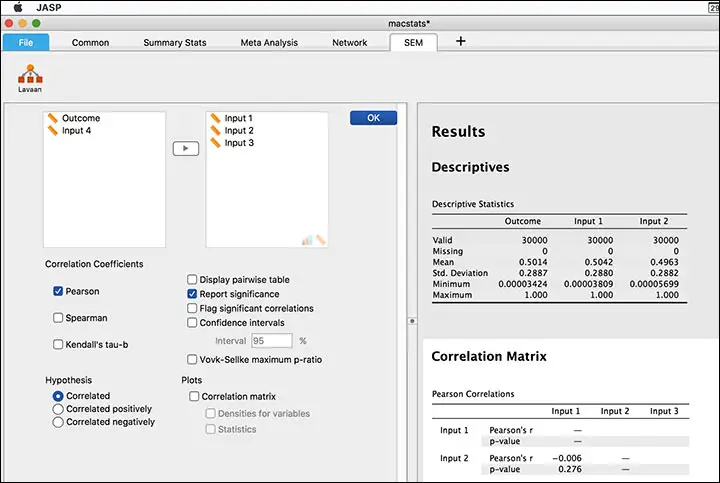

- #Transform record variable pspp how to
- #Transform record variable pspp skin
- #Transform record variable pspp license
How can I do it using SPSS? I think you have to use the select cases tool, but I don’t know how to select cases (or variables) upon cases (or variables).
#Transform record variable pspp skin
After I would later compare the same selected group with patients with hyperglycemia (1), which also have skin rash (1) and did not received corticosteroids (0). This might be used to change variable values when scoring an instrument or to categorize scores into. Because no variables have yet been defined, your column headings will all read var, while the row. One common type of variable transformation is recoding. I can do it manually, but that is not the way to do it I. In other words, this maps to the quadrants on a diagram. The scale goes from -3 to +3 on both, and I want to categorise based in whether these two variables are positive or negative. However, the patients, based on ulcer location, should also be subclassifed as patients with hyperglycemia (1), which also have skin rash (1) and received corticosteroids (1). Upon opening PSPP, you will see a blank data table. So I'm looking to categorise cases based on two variables. In other words, let’s imagine we have a database from 10000 patients with crohn’s disease, I want to select ulcer location (loc-1, loc-2, loc3 and loc-4), for later comparison. Click on Transform -> Recode into Different Variables Drag and drop the variable you wish to recode over into the Input Variable -> Output Variable box Create. Variable 4 includes selected patients from the previous variables based on the output. patients with variable 1 (1) which don't have variable 2 (0), but has variable 3 (1) and variable 4 (1). I want to work on this data based on multiple cases selection or subgroups, e.g. I have a data base of patients which contain multiple variables as yes=1, no=0.
#Transform record variable pspp license
This work is licensed under a Creative Commons Attribution 4.0 International License that allows sharing, adapting, and remixing.Hi, I am new on SPSS, I hope you can provide some insights on the following. You should always configure your variables before you begin entering data as a good statistical practice. For example, you could use the autorecode command, the recode command, or the numeric. Clicking on the "variable view" tab at the bottom left side will bring up a special data window for setting up the variables. There are several ways to convert string variables to numeric form. It's a good practice to begin by configuring the variables. The meaning may seem clear at the moment, but it might be hard to remember what each variable represents at a later point in time. Variables might also represent an independent variable, such as membership in either.

For example, variables might be percent correct, heart rate, or temperature that represent a dependent variable. This will take you back to the RECORD INTO DIFFERENT VARIABLES box.

PSPP can transform the values in several ways by. or transform, the values associated with your variables. The problem is that variable names like "Var0001" are just not very meaningful. Each column represents a different variable. Once you enter the variable name PSPP will enter the default values into some of the remaining cells. The "Var" at the top of each column is short for "variable". If you start entering data in a blank sheet, the column heading will be named "Var0001", "Var0002", etc. This understanding is essential to the data entry process. In sum, the columns are the variables and the rows are the data from the individuals in the study. The participant data goes into the rows, such as participant #1, #2, etc. Width (string variables only) String variables with a width of 8 characters or fewer are called short string variables. pspp capi- talizes variable names on output the same way they were capitalized at their point of definition in the input. Variables might also represent an independent variable, such as membership in either the control group or the experimental group. As with all pspp identifiers, variable names are not case-sensitive. Each column represents a different variable. About Press Copyright Contact us Creators Advertise Developers Terms Privacy Policy & Safety How YouTube works Test new features Press Copyright Contact us Creators. PSPP for Beginners PSPP for Beginners Variables in the Data View


 0 kommentar(er)
0 kommentar(er)
